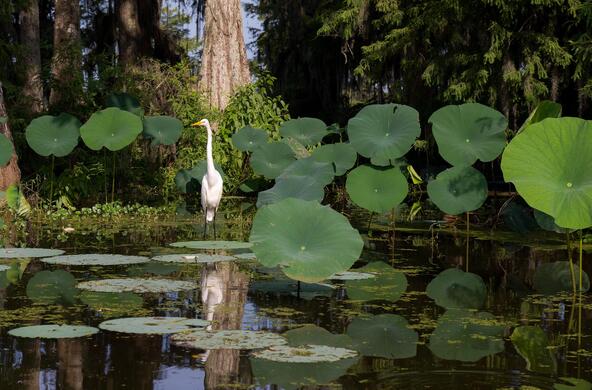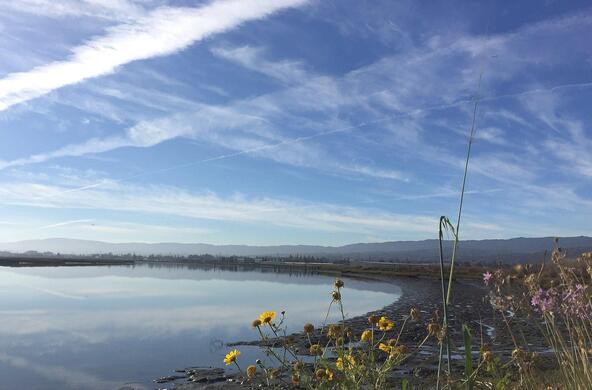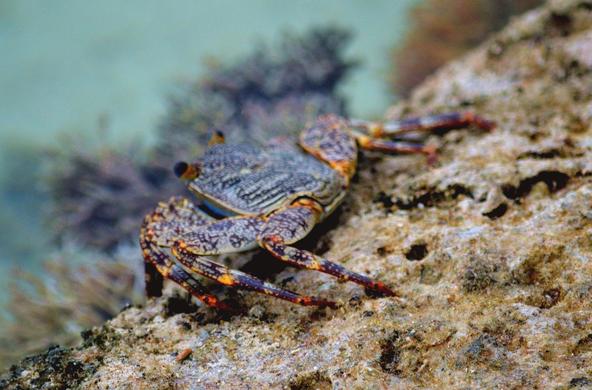Most people accept that coal is a dirty fuel: Dirty to mine, dirty to burn, and dirty to dispose of the ash. Already there is a shift away from coal-fired power plants, but they still account for 30% of our electric power nationwide. In many cases, natural gas (also known as methane) has been the preferred alternative fuel. Natural gas has some advantages, but it is important to recognize that it also emits carbon dioxide to the atmosphere, and the leakage rates of natural gas completely negate its partial benefit as a solution to climate change. (See: http://blogs.nicholas.duke.edu/citizenscientist/natural-gas-its-all-abou... )
Wind power has caught on briskly in iconic oil-rich Texas, where it generates about 16% of the state's electric power at a lower retail rate (8.63 cents per kilowatt hour) than the national average (10.42 cents/kWhr). Wind power is equally or less costly than electricity derived from coal-fired power plants in nearly all environments. Various calculations show that there is vastly more potential wind energy available in the United States than the current electricity consumption. Most of the existing capacity is derived from land-based windmills, but there is enough potential for off-shore wind power along the Atlantic east coast to supply all the electricity from Virginia to Maine with windmills located in shallow off-shore waters.
Some folks don't like the idea of windmills spoiling their view of the ocean, but my suspicion is that most of these same folks would not want to live near a coal-fired or nuclear generating station either. And all of those who live downwind of coal-fired power plants suffer the consequences of the air pollution they generate. Some birds are killed by wind facilities, but the overall rate of mortality from wind mills is much less than that caused by housecats and collisions with buildings. Unless you want to live in the dark, there are consequential impacts of generating electricity.
Utilities argue that wind power is problematic, for the wind does not always blow and it may not blow at the time of day or season that corresponds to peak demand for electricity. This problem can be overcome by an adequate, interconnected, and robust grid of electric lines to move power from where it is generated to where it is needed. Mark Jacobson and his colleagues at Stanford University have shown that using a reliable grid and power storage facilities, the intermittent nature of wind power is of no consequence. The wind is always blowing somewhere.
All this argues for the electric utility companies to spend far less money planning natural-gas and nuclear-fired power plants and far more on wind mills and improvements to the grid, if they are to fulfill their mission as a regulated monopolies charged with supplying least-cost electric power to the American public. A change of mind-set is needed—not to embrace old, unhealthy and expensive sources of electricity, when newer sources are at hand. If the tradition can be broken in Texas, it can be broken anywhere.
This blog first appeared as an editorial in the Raleigh (NC) News and Observer, 1 June 2017
References
Buonocore, J.J., P. Luckow, J. Fisher, W. Kempton and J. Levy. 2016. Health and climate benefits of offshore wind facilities in the Mid-Atlantic United States. Environmental Research Letters 11: doi: 10.1088/1748-9326/11/7/074019.
Dvorak, M.J. B.A. Corcorang, J.E. Ten Hoeve, N.G. McIntyre, and M.Z. Jacobson. 2013. U.S. East Coast offshore wind energy resources and their relationship to peak-time electricity demand. Wind Energy 16: 977-997.
Jacobson, M.Z., M.A. Delucchi, M.A. Cameron, and B.A. Frew. 2015. Low-cost solution to the grid reliability problem with 100% penetration of intermittent wind, water, and solar for all purposes. Proceedings of the National Academy of Sciences 112: 15060-15065.
Loss, S.R., T. Will, and P.P. Marra. 2013. Estimates of bird collision mortality at wind facilities in the contiguous United States. Biological Conservation 168: 201-209.
McElroy, M.B. 2016. Energy and Climate Vision for the Future. Oxford University Press.
Schlesinger, W.H. 2015. http://blogs.nicholas.duke.edu/citizenscientist/wind-power-but-not-right...
Spindle, B. and R. Smith. 2016. Texas' latest gusher: Wind and sun. Wall Street Journal. Pp. 1, 8, , 29 August.






